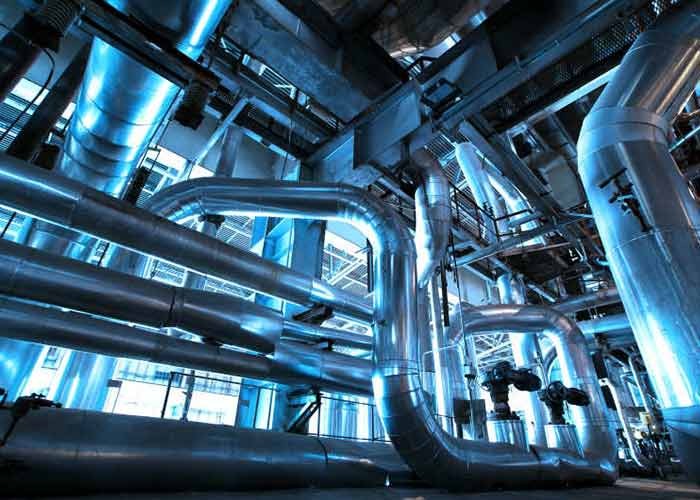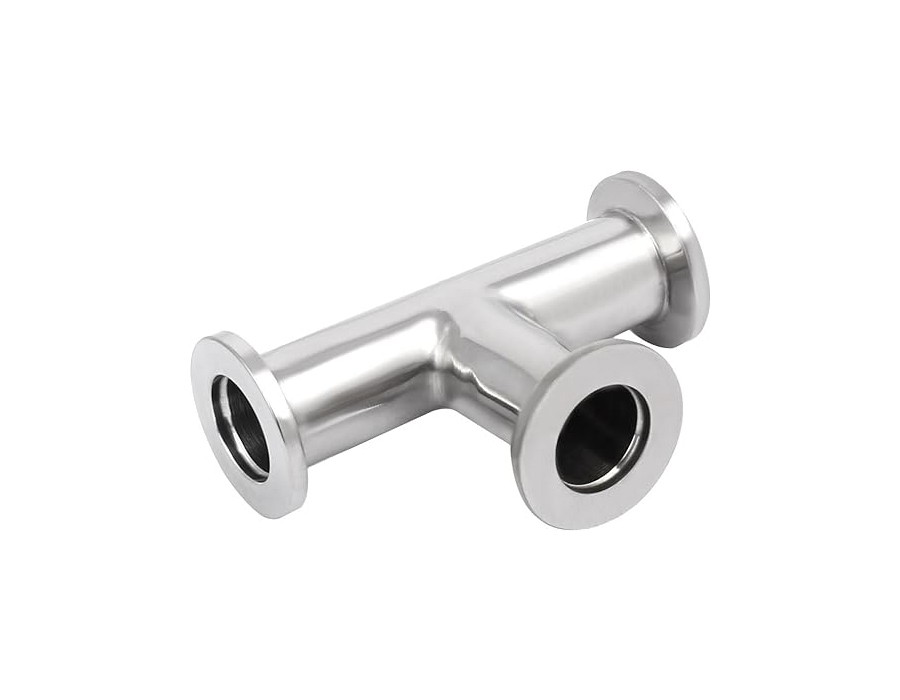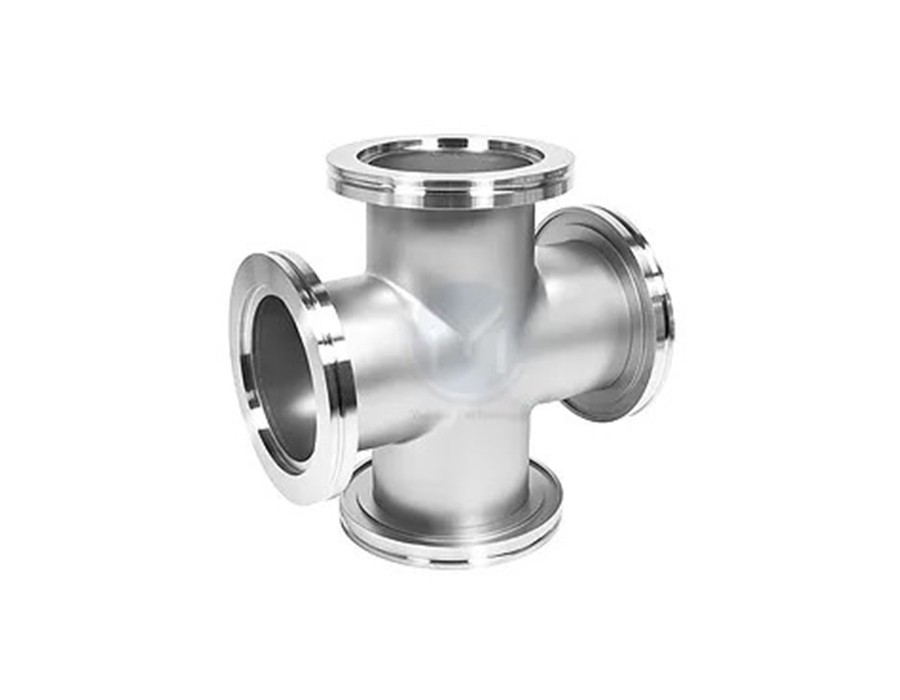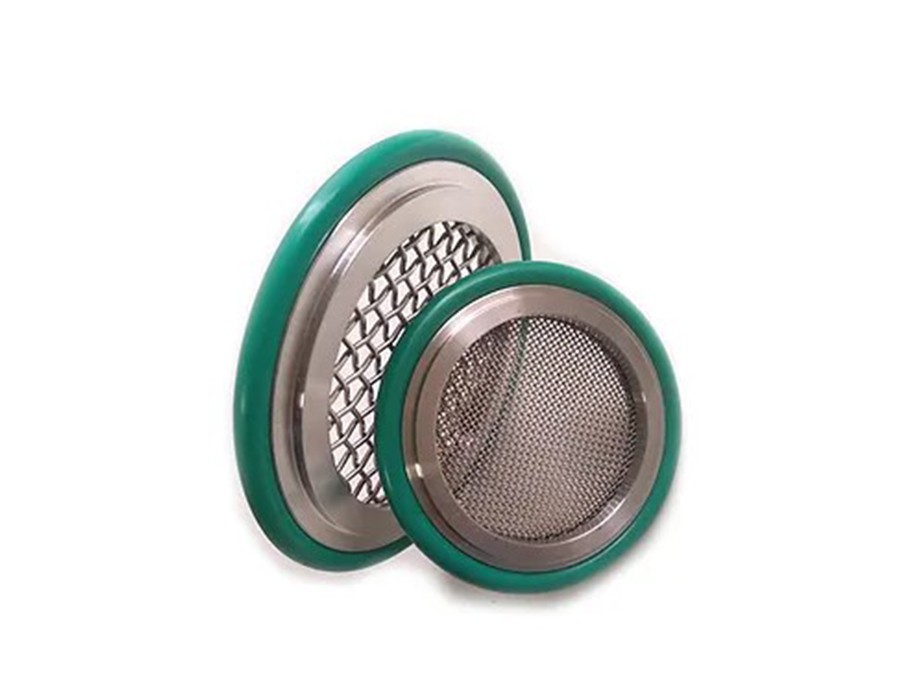Description
As a leading expert in the field of precision vacuum component machining, I'm excited to share my knowledge and insights with you in this comprehensive guide. In the world of high-performance vacuum systems, the importance of precision-engineered components cannot be overstated. From the intricate design to the meticulous fabrication, every aspect of the manufacturing process plays a crucial role in ensuring the reliability and efficiency of these critical systems.
In this article, we'll delve deep into the realm of pipe flange manufacturing, exploring the various types of vacuum flanges, the significance of conflat seals, and the key considerations for designing and fabricating these essential components. Whether you're a seasoned vacuum system engineer or just starting to explore this specialized field, this guide will provide you with the essential knowledge to master the art of precision vacuum component machining.
Understanding the Importance of Pipe Flanges in Vacuum Systems
Pipe flanges are the unsung heroes of vacuum systems, serving as the critical interface between various components and ensuring the integrity of the entire assembly. These precision-engineered fittings play a vital role in maintaining the necessary vacuum levels, preventing leaks, and facilitating the seamless integration of different vacuum system elements.
Without the reliable performance of pipe flanges, the entire vacuum system would be compromised, leading to potential failures, costly downtime, and compromised operational efficiency. As such, the careful selection, design, and fabrication of these components are paramount in ensuring the successful and reliable operation of any high-performance vacuum application.
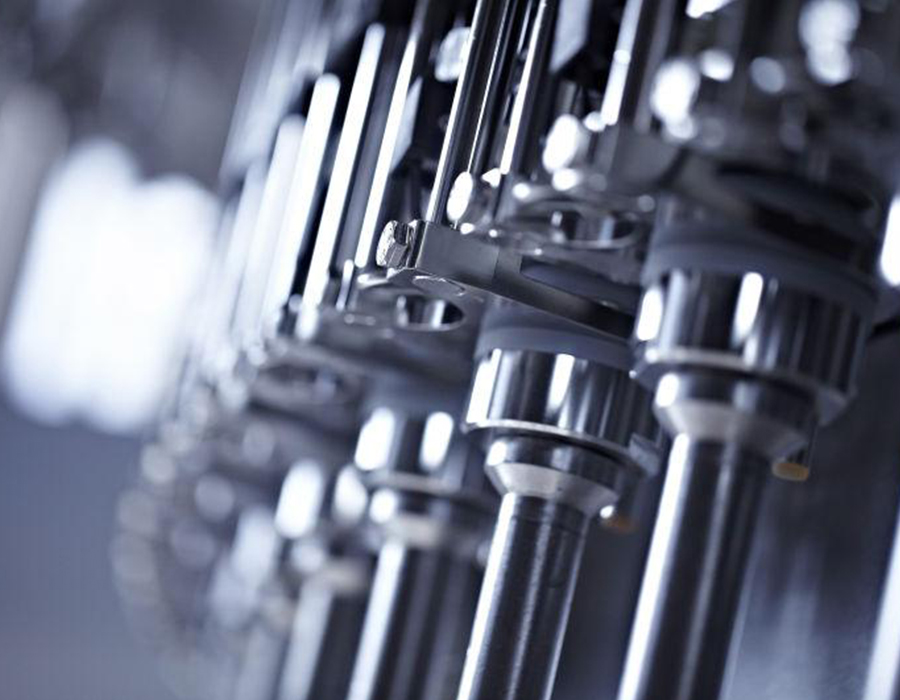
Different Types of Vacuum Flanges and Fittings
In the world of vacuum technology, there is a diverse array of flange types and fittings, each designed to cater to specific requirements and applications. From the ubiquitous KF flanges to the high-performance ISO flanges, understanding the unique characteristics and applications of these components is crucial for making informed decisions when designing or upgrading a vacuum system.
- KF Flanges: Also known as "Quick Flange" or "Klein Flange," KF flanges are a popular choice for their simplicity, versatility, and ease of use. These flanges feature a clamping mechanism that allows for quick and tool-free assembly, making them an excellent option for applications that require frequent disassembly or reconfiguration.
- ISO Flanges: ISO (International Organization for Standardization) flanges are known for their exceptional sealing capabilities and high-vacuum performance. These flanges are commonly used in applications where precise alignment, superior vacuum integrity, and robust construction are of utmost importance, such as in particle accelerators, semiconductor manufacturing, and scientific research.
- Ductile Iron Pipe Flanged Fittings: Ductile iron pipe flanged fittings offer a cost-effective and durable solution for vacuum system pipework. While they may not achieve the same level of vacuum performance as their stainless steel counterparts, these fittings can be a practical choice for certain industrial applications where cost and corrosion resistance are primary concerns.
Understanding the unique characteristics and applications of these flange types will empower you to make informed decisions when designing or upgrading your vacuum system, ensuring optimal performance and reliability.
The Role of Conflat Seals in Pipe Flange Manufacturing
At the heart of precision vacuum component machining lies the critical role of conflat seals. These specialized sealing solutions are designed to create a robust and leak-tight interface between the flange and the vacuum system, preventing the ingress of air or contaminants and maintaining the necessary vacuum levels.
Conflat seals, also known as CF seals, are characterized by their metal-to-metal contact, which provides exceptional sealing performance and resistance to high-vacuum conditions. The intricate design and precise fabrication of these seals are essential in ensuring the overall integrity and reliability of the vacuum system.
In the process of manufacturing pipe flanges, the integration of conflat seals is a crucial step, requiring meticulous attention to detail and specialized expertise. The proper selection, installation, and maintenance of these seals can mean the difference between a well-functioning vacuum system and one plagued by leaks and performance issues.
Common Materials Used in Pipe Flange Production
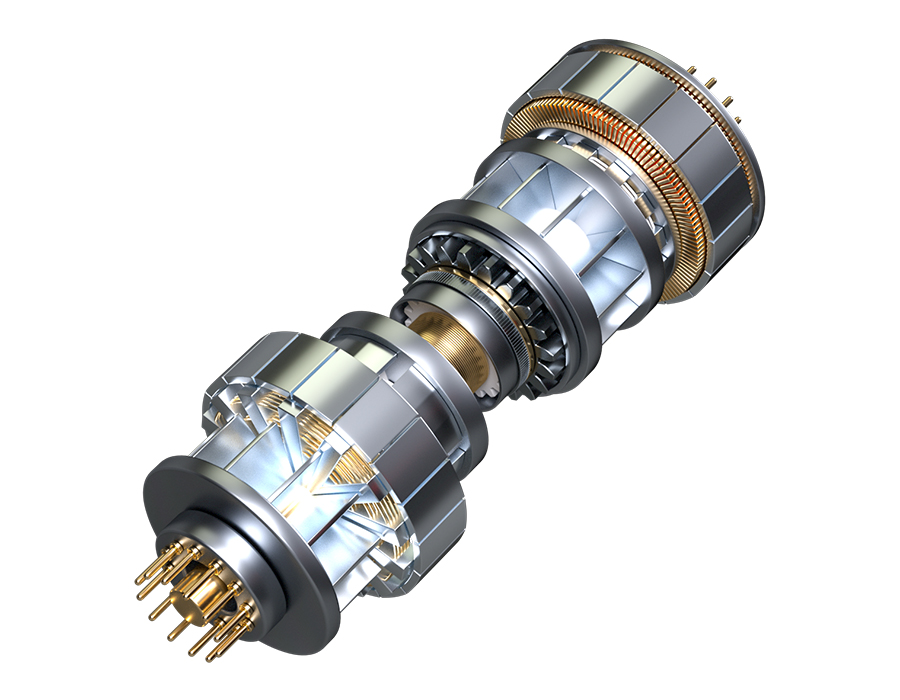
The materials used in the production of pipe flanges play a significant role in determining their performance, durability, and compatibility with the specific vacuum application. In the world of precision vacuum component machining, the most commonly used materials include:
- Stainless Steel: Stainless steel is a popular choice for its excellent corrosion resistance, high-vacuum compatibility, and superior mechanical properties. Flanges made from stainless steel are often the go-to solution for demanding applications, where reliable performance and longevity are paramount.
- Aluminum: Aluminum flanges offer a lightweight and cost-effective alternative, making them suitable for applications where weight and budget are primary considerations. While not as robust as their stainless steel counterparts, aluminum flanges can still provide reliable performance in certain vacuum systems.
- Copper: Copper flanges are prized for their exceptional thermal and electrical conductivity, making them a preferred choice for specialized applications, such as cryogenic systems or high-power RF (radio frequency) applications.
The selection of the appropriate material for pipe flange production is a critical decision that must consider the specific requirements of the vacuum system, the operating conditions, and the overall performance objectives.
The Process of Manufacturing KF Flanges
As one of the most widely used vacuum flange types, the manufacturing of KF flanges requires a meticulous and well-defined process. This process involves a series of precision machining steps, quality control measures, and specialized surface treatments to ensure the final product meets the stringent requirements of high-vacuum applications.
- Precision Machining: The initial stage of KF flange manufacturing involves the precise machining of the flange body, using state-of-the-art CNC (Computer Numerical Control) equipment to achieve the necessary dimensional accuracy and surface finish.
- Surface Finishing: After the initial machining, the flange surfaces undergo specialized surface finishing techniques, such as electropolishing or passivation, to enhance their corrosion resistance, smoothness, and compatibility with the vacuum environment.
- Conflat Seal Integration: The integration of the conflat seal is a critical step in the KF flange manufacturing process. This involves the precise installation and secure attachment of the metal-to-metal seal, ensuring a reliable and leak-tight interface.
- Quality Control and Testing: Throughout the manufacturing process, rigorous quality control measures are implemented, including dimensional inspections, vacuum leak testing, and surface finish assessments, to ensure the final KF flanges meet the stringent requirements of the vacuum industry.
By mastering the intricate process of KF flange manufacturing, we can deliver high-quality components that contribute to the overall reliability and performance of our clients' vacuum systems.
Key Considerations for Designing and Fabricating Flanges and Fittings
Designing and fabricating precision vacuum components, such as flanges and fittings, requires a deep understanding of the underlying principles and a keen eye for detail. As an experienced precision vacuum component machining expert, I have identified several key considerations that are essential in ensuring the successful development and implementation of these critical components:
- Dimensional Accuracy: Precise dimensional control is paramount in the fabrication of flanges and fittings, as even minor deviations can compromise the integrity of the vacuum seal and the overall system performance.
- Material Selection: The choice of material must be carefully evaluated based on the specific requirements of the vacuum application, including factors such as chemical compatibility, thermal expansion, and mechanical strength.
- Surface Finish: The surface finish of the flanges and fittings plays a crucial role in achieving the desired vacuum performance. Factors such as roughness, cleanliness, and passivation must be meticulously controlled.
- Seal Design and Integration: The design and integration of the conflat seal, or any other specialized sealing solution, is a critical aspect that requires extensive expertise and attention to detail.
- Thermal Management: In certain applications, the thermal management of the flanges and fittings must be considered, as temperature fluctuations can impact the vacuum integrity and system performance.
- Standardization and Compatibility: Adherence to industry standards and ensuring compatibility with established vacuum system components are essential to facilitate seamless integration and interoperability.
By carefully considering these key factors throughout the design and fabrication process, we can create precision vacuum components that deliver reliable performance, exceptional vacuum integrity, and a long service life.
Overview of ISO Flanges and Their Applications
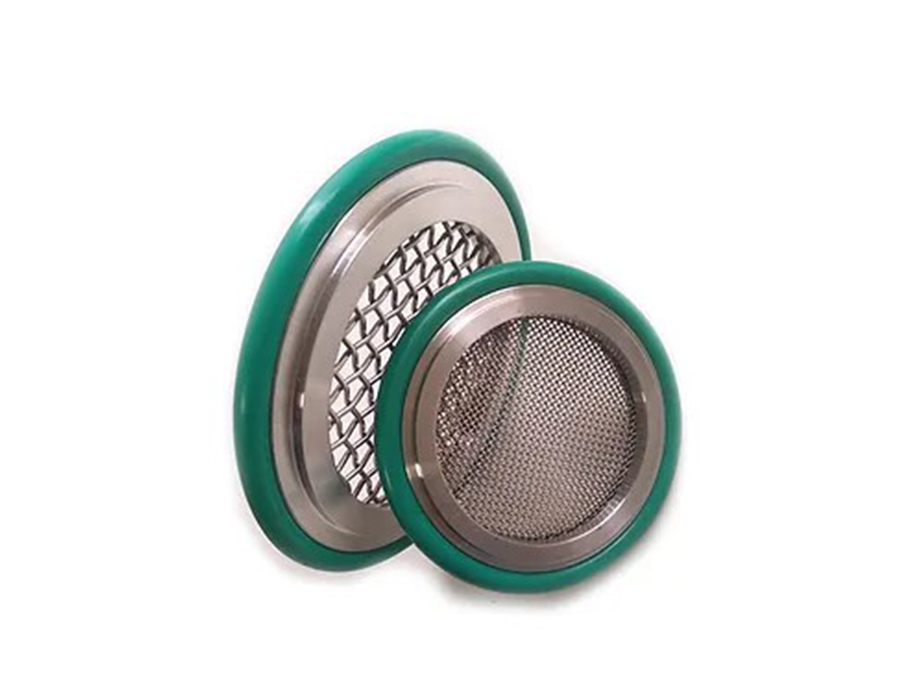
ISO (International Organization for Standardization) flanges are widely recognized for their superior performance and reliability in high-vacuum applications. These flanges are designed to meet the stringent requirements of industries such as particle accelerators, semiconductor manufacturing, and scientific research, where precision, vacuum integrity, and robust construction are of utmost importance.
The primary advantage of ISO flanges lies in their exceptional sealing capabilities, achieved through the use of metal-to-metal contact and specialized conflat seals. This design ensures a reliable and leak-tight interface, even under the most demanding vacuum conditions.
Furthermore, ISO flanges are known for their precise alignment and dimensional accuracy, which are critical in maintaining the integrity of the overall vacuum system. The standardized dimensions and interface specifications of these flanges facilitate easy integration and interoperability, simplifying the design and installation process for vacuum system engineers.
In applications where the highest levels of vacuum performance and reliability are required, ISO flanges have become the gold standard, ensuring the successful operation of mission-critical systems and enabling groundbreaking advancements in various scientific and industrial fields.
Ductile Iron Pipe Flanged Fittings: Advantages and Limitations
While the world of precision vacuum component machining is often dominated by high-performance stainless steel and aluminum flanges, ductile iron pipe flanged fittings can offer a practical and cost-effective solution for certain industrial vacuum applications.
The primary advantage of ductile iron pipe flanged fittings lies in their exceptional durability and resistance to corrosion. These fittings are well-suited for environments where exposure to harsh chemicals or outdoor conditions is a concern, making them a viable option for applications such as water treatment, chemical processing, and industrial manufacturing.
However, it is important to note that ductile iron pipe flanged fittings may not achieve the same level of vacuum performance as their stainless steel or aluminum counterparts. The inherent porosity and material properties of ductile iron can limit the achievable vacuum levels and the overall vacuum integrity of the system.
In situations where cost and corrosion resistance are primary considerations, and the required vacuum levels are not as stringent, ductile iron pipe flanged fittings can provide a practical solution. Nevertheless, it is crucial to carefully evaluate the specific requirements of the vacuum system and ensure that the selected fittings can meet the necessary performance standards.
Choosing the Right Conflat Flange and CF Gasket for Your Vacuum System
The selection of the appropriate conflat flange and CF gasket is a critical decision that can have a significant impact on the performance and reliability of your vacuum system. As an expert in precision vacuum component machining, I understand the importance of making informed choices when it comes to these essential elements.
When choosing the right conflat flange and CF gasket, several key factors must be considered:
- Vacuum Performance: Assess the required vacuum levels and select flanges and gaskets that can reliably maintain the necessary vacuum integrity.
- Material Compatibility: Ensure that the materials used in the flanges and gaskets are compatible with the specific operating environment and any potential exposure to chemicals or corrosive agents.
- Dimensional Compatibility: Verify that the selected flanges and gaskets are dimensionally compatible with the existing vacuum system components and can be integrated seamlessly.
- Temperature Considerations: Evaluate the expected operating temperatures and choose flanges and gaskets that can withstand the thermal conditions without compromising their performance.
- Ease of Installation: Consider the installation requirements and select components that can be easily assembled and disassembled, facilitating maintenance and system reconfiguration.
By carefully evaluating these factors and consulting with experienced precision vacuum component machining experts, you can ensure that the conflat flange and CF gasket you choose are the perfect fit for your vacuum system, delivering reliable performance and a long service life.
Tailor-Made Solutions for Your Needs
At our precision vacuum component machining facility, we understand that every vacuum system is unique, with its own set of requirements and challenges. That's why we offer tailor-made solutions to ensure that our clients receive the precise components they need to achieve their desired performance and reliability.
Whether you require custom-designed flanges, specialized fittings, or unique sealing solutions, our team of experienced engineers and skilled machinists are equipped to deliver innovative and reliable vacuum components that meet your specific needs.
Through our in-depth understanding of vacuum system design, materials science, and precision manufacturing techniques, we can work closely with you to develop bespoke solutions that address your unique challenges and optimize the performance of your vacuum system.
If you're looking to enhance the performance and reliability of your vacuum system, I invite you to reach out to our team for a personalized consultation. Our easy online inquiry process will help us understand your specific requirements and provide you with tailored solutions that exceed your expectations. Let's work together to elevate your vacuum technology to new heights.
